In this blog post I look at 6 healthy foods raw foodies love. They're nutrient rich and really easy to use.
If you’re curious about how to start a raw food diet and wondering what foods you can eat then here are few suggestions which may surprise you.

Image by rimmabondarenko via Canva.
When I first became interested in raw food I focussed on simply adding more fresh fruits and vegetables into my meals. As I went along I began to see other foods, and ways to prepare them, which I hadn’t really noticed before.
One of the surprising and lovely parts of eating this way is that you do learn how to make the most of everything. Every season, every plant. Exploring raw foods you may become more open minded about foods generally, and start to use ingredients in ways you never considered before.
So, I thought I’d share with you some of the foods that have opened my eyes.
I love the ways you can use each of these groups and encourage you to take a look yourselves and investigate, to see if they give you as much joy as they do me!
Jump to:
1 - Fresh raw microgreens.
Microgreens are tiny plant seedlings - mini versions of their fully formed selves and not quite reaching their ‘baby greens’ stage. They’re grown from the seeds of herbs, vegetables and edible flowers such as radish, broccoli, spinach, beetroot, rocket, kale, chard, basil, sunflower, pea, coriander, nasturtiums and marigolds.
Microgreens go a step beyond sprouting where the they begin to grow and produce tiny leaves. Remember growing cress at infant school when you were little to see how plants grow? Well, it's pretty much along the same lines.
Microgreens typically require soil in order for them to grow in a week or two. Whereas, you can grow sprouts in a jar (or other container) using just water in a matter of days.
Once the seeds have sprouted they start to grow at an accelerated rate, charging up towards the sun. They need an incredible amount of energy in order to do this, which until then has been stored up inside the tiny seed waiting to be released.
The new plants needs energy from the sun in order to succeed in reaching their full potential. So if you’re eating these, you’re not only taking in their incredible range of nutrients, but you’re also taking in their energy.
They’re usually harvested in about one to four weeks, depending on the plant, at about 3-4 inches tall.
If you’re growing them at home you can harvest them using scissors to snip them from their roots just above the soil.
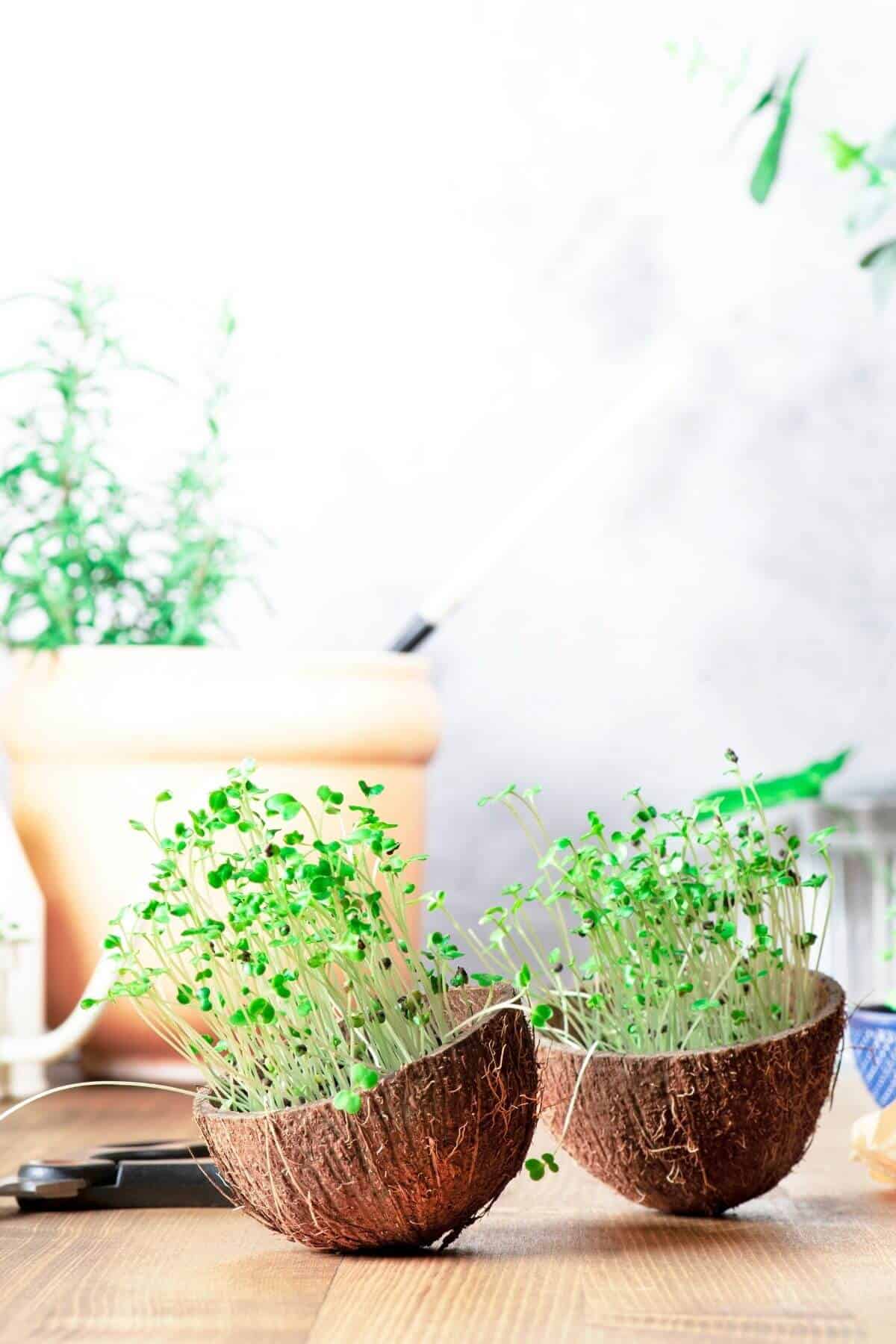
Image by Svetlana Monyakova via Canva.
How do you use microgreens?
Although they’re light and delicate at this stage of their lives they really do add a great punch of flavour to your salads and meals. They’re packed full of goodness and are understood to be more nutrient dense while tiny than when they’re fully grown.
I think microgreens are very pretty too and love to add them to salads. In fact I’ll pop them onto just about any dish including wraps, sushi, soups, curries and into my morning smoothies to give me an added nutrient boost.
While you may have seen microgreens in the supermarkets they’re actually pretty easy and inexpensive to grow at home. You can grow them compost in a relatively small space, and they take just days to grow before harvesting.
I have to say that I absolutely LOVE growing them at home in the kitchen. My current faves are sunflower shoots and pea shoots.
2 - Raw nuts and seeds.
Nuts and seeds are incredibly versatile and can be used to prepare many healthy raw food dishes. From pesto to vegan sauces, dips, dressings, granola, soups, salads, and homemade cereal bars, nuts and seeds can also provide wonderful texture and crunch.
If you want to try alternatives to dairy you can use raw nuts and seeds to make your own nut milks such as almond milk, tiger nut milk, or hemp milk for example, at home with a blender & even try making your own nut butters.
You can also use nuts and seeds in making desserts such as ice cream, cheesecake, biscuits and to make vegan cheese recipes.
According to research, nuts are a great source of micronutrients such as potassium, magnesium, calcium, B vitamin folate and many others (source).
Nuts and seeds are also high in fibre, healthy fats and are a great source of protein (source).
It's quite common for raw foodies to turn them into living foods by soaking and sprouting raw, unpasteurised, non-roasted nuts and seeds before eating to break down their outer coating. This process makes them easier for our bodies to digest by breaking down enzyme inhibitors, phytic acid and tannins which therefore allows us to take in more nutrients.
All in all they’re such fabulous and versatile foods and really fun experimenting with if you love tinkering with recipes in the kitchen!
3 - Seaweed.
Sea Veggies are actually algae and are often overlooked in healthy diets. They've become more popular in the West in recent years and now can be found in many health stores and some supermarkets.
Most seaweeds we can buy only need to be soaked rather than cooked (not the flakes) which makes them really easy healthy raw foods to add to your salads, soups and other dishes.
Sea vegetables come in three colours - green, red and brown, the most popular ones are:
- arame
- dulse
- kelp
- kombu
- nori and
- wakame.
They’re full of nutrients including sodium and iodine, phytochemicals, trace elements and chlorophyll.
4 - Fresh herbs and spices.
Herbs and spices have the amazing ability to completely transform the flavour of our meals and many have also been used traditionally the world over to aid our health in one way or another.
They’re especially useful in dips, dressings, sauces, salads and soups but you really can add them to just about anything!
Easily available in our supermarkets and garden centres, herbs and spices are also really fun to grow either on your windowsill or in your garden. They’re a staple in my pantry and garden and I always have at least one pot growing in the kitchen no matter the time of year because I feel they’re so essential. Put simply, food would be pretty boring without them.
It’s so easy to try fresh alternatives in addition to using the little jars of dried herbs you already have at home. Which do you love to use regularly?
I’ve put together some examples of herbs and spices you may use to create some of your your favourite flavours.
- Chinese style- garlic, ginger, chilli, star anise, clove, Sichuan pepper
- French style- garlic, dijon mustard, basil, thyme, rosemary, fennel, capers, chervil, tarragon,
- Greek style - garlic, thyme, oregano, fennel, dill, mint, parsley
- Italian style - garlic, basil, marjoram. fennel, parsley, thyme, bay, sage
- Indian style - cumin, coriander, mustard seeds, turmeric, ginger, chilli, cinnamon, fenugreek, cardamom,
- Mexican style - chilli, coriander, garlic, cumin, paprika, oregano, chipotle,
- Thai style - garlic, galangal, coriander, kaffir lime, chilli, tamarind, peppercorn, lemongrass, holy basil
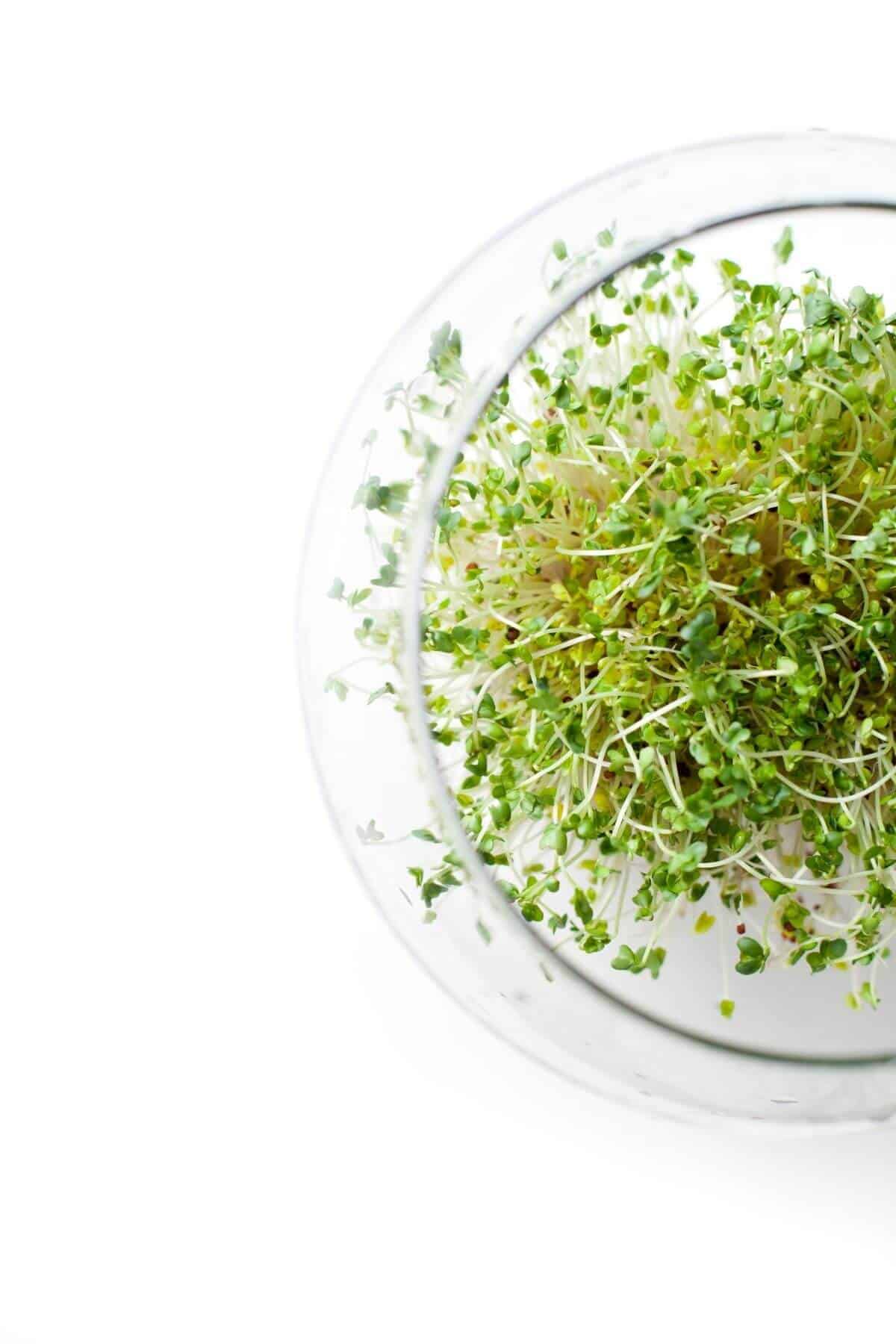
Image by Anna Rise via Canva
5 - Sprouting.
Sprouting is another really fun and easy way to prepare foods at home in a small space. And it can be enjoyed indoors all year round.
Soaking the seeds and allowing them to sprout activates the process of germination. The seed then begins to grow a tiny shoot.
This whole process of sprouting makes the food easier to digest once the hull breaks down and falls away. They’ve become especially popular more recently as people learn about their nutritional value. They’re highly nutrient dense - choc full of vitamins, minerals, phytochemicals, fiber and antioxidants (source).
You need to soak, rinse and drain them each day according to their packets growing instructions for them to sprout. Give them a rinse in the morning and evening each day which takes just a couple of minutes.
Typically sprouting takes between 2-5 days depending on the seed. You can buy equipment online and at your local health food store. Or get started quickly at home using a glass jar and some cheesecloth or muslin and a rubber band.
It’s important to purchase good quality seeds from a known source. Look for ones which are raw, organic and clearly marked suitable for sprouting. Make sure also that the equipment you use is scrupulously clean.
Popular seeds to sprout at home are sunflower, sweet pea, buckwheat, radish, broccoli, and many more. This process really doesn’t take much effort at all and you gain hugely.
Plus it’s really fun!
And please do your research. Make sure that the seeds you're sprouting are suitable to be eaten raw. Some foods, like most beans and grains, contain toxins. These shouldn't be eaten raw at all and they have to be cooked before being consumed. If you’re unsure then call or email the producer and ask.
I love to use them in salads mainly. They're also brilliant in wraps, pates, dressings, smoothies, stir fry’s. You can also use them to make sprouted grain bread or even dehydrate them to make crackers.
A popular brand to use that you probably will have come across before is Vogel. They produce high quality products that are fab to get you started without being too expensive.
If you fall in love with sprouting, definitely buy quality seeds from a store in larger quantities. They're often more affordable this way.
The Food Standards Agency advises that people in vulnerable groups should always cook sprouts thoroughly until steaming hot all the way through before eating. This includes, pregnant women, young children, the elderly & those with a weakened immune system. This is because some sprouts may contain bacteria that cause foodborne illness.
6 - Raw fermented foods and drinks.
These have become more popular in recent years and are some of my favourite foods! Raw unpasteurised ferments have been used traditionally for centuries all over the world as a way of preserving foods.
Microorganisms are found on the leaves of foods like cabbage for example, used in making sauerkraut and kimchi. The lactobacillus converts sugars into lactic acid which limits the growth of harmful bacteria and preserves the food.
Pasteurising these foods kills the living microorganisms in them and it's those we tend to find available in the supermarkets.
I love these types of raw foods because they’re really healthy, fun, versatile and affordable to make.
Easy ferments to begin making at home are sauerkraut and ginger ale. Of course, you can make quick pickles at home using vinegar. The raw, unpasteurised kind that bubble and fizz add a particular tang to dishes and can’t be compared to any other food (in my opinion).
As with any change in your diet please do your research. You should always speak to your doctor or qualified healthcare professional before making changes.
If you enjoyed this post about raw foods and found it useful, I’d be very grateful if you’d help it spread by sharing it. Thank you!
Ta ta for now and take care, I’m off to make some tea!
XOXO
Juliette

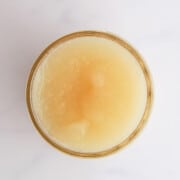
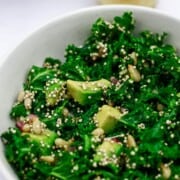
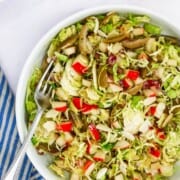
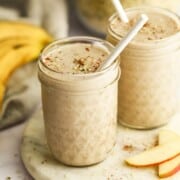

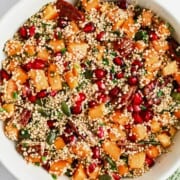


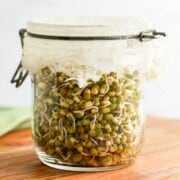
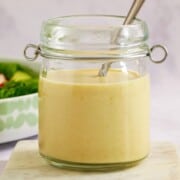

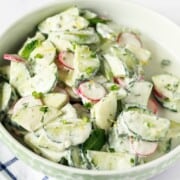
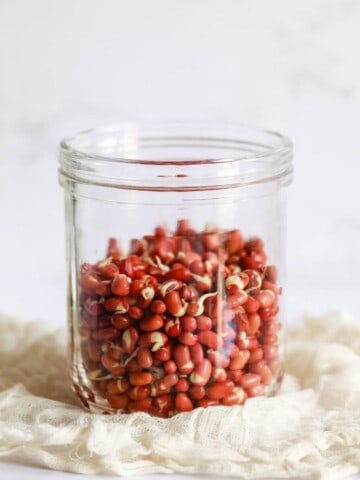
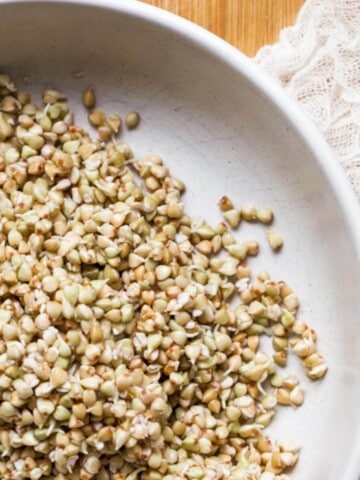
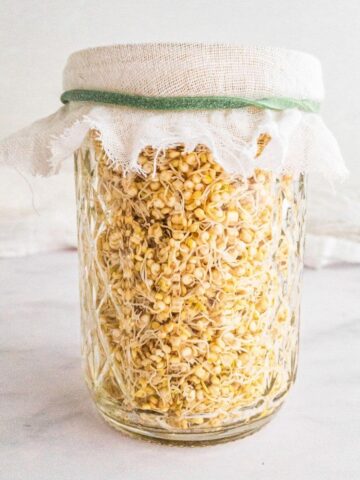

Comments
No Comments